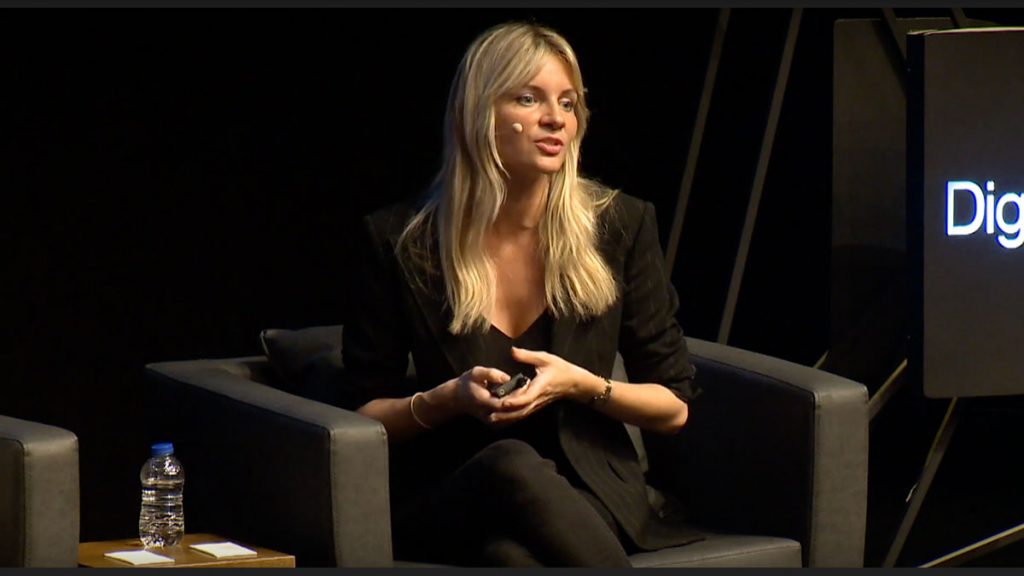Eda Aksoy participates in the Google Arts & Culture Lab program and explores the affects of art on the human brain. According to her, what is important in her projects is not the story of technology, but how technology contributes to the narration of a story.
Eda Aksoy focuses on the affects of art on human behaviour by constructing the language of the future. Aksoy is doing her master’s degree in neuroscience at New York University, where she undertakes private studies as a member of ArtLab. Also, she brings museums and technology together with creative coders in ‘Artificial Learning and Virtual Reality’ projects at Google Arts & Culture Lab. Aksoy, in a way, shapes the way we understand and convey art with the help of technology. For her, it is very important that technology is being used only as a tool and doesn’t outshine the story. “The important thing is not the story of technology, but how technology contributes to the story. For example, technological expression forms such as machine learning, augmented reality and virtual reality can only strengthen a good story. It may be a great technology that you want to use in your project, but it doesn’t make sense if your only goal is to use it regardless of its relevance to the story. What does your project or product mean? How will it be useful to people? What do you want the user to contact and engage with? I think these are the main issues to consider before starting a project.” Aksoy says.

Demolished temples live on the Internet
Using today’s technology in a very different branch of art, Aksoy describes this effect from the collaboration of Google Arts & Culture with CyArk. It is a project that helps protect cultural heritage and historical monuments that have been destroyed by disasters such as war, earthquakes and floods. Some of the temples that were destroyed by the earthquake in Bagan Antique City are scanned by laser and photogrammetry just before. The 3D models of the city are on an interactive website about the history of Bagan after the destruction. While browsing the website, the guide tells the story of the ancient city and provides a more emotional relationship with the city beyond mock-ups.
‘Perspectives can change with communication’
When said “story-telling”, the efficient use of technology is the first thing that comes to her mind. She expresses the importance of technology not only in digital experiences but also in the curation of a space or communication and says, “Johns Hopkins University’s neuroesthetic department helps design spaces that convey meaningful messages and make visitors feel like they’re part of the story. The chapter advises storytellers; ‘Ask visitors to leave their belongings at the entrance and give them paper and pens when they come in.’ Thus, researchers believe that visitors can add creativity to the environment they enter. Another example I care about is communication. A colleague of mine began to use the word ‘storybook’ to communicate with readers instead of the word ‘newsletter’. Although this may seem like a minor change, I think it is an important detail to change people’s perspective. ”

‘We prefer what we are familiar with’
Eda Aksoy has a research that she compares the differences of the reactions to artwork through the computer screen of the people who has the same physical and behavioural responses. The main issue they want to examine during this research is the effect of familiarity on aesthetic preference. Participants indicate their degree of familiarity with the pictures they saw during the experiment. The result is that they are more influenced by the works they have seen before. As to how this research will affect the present and future storytelling, she says; “The basis of this research is the phenomenon called ‘mere-exposure effect’. The mere-exposure effect is the name given to people’s tendency to choose what they are familiar with. We can think that this effect also affects storytelling. We may feel closer to the stories or storytelling templates we’ve heard before. For example, in the Google Art Selfie application, we used a type of photograph that almost everyone takes every day as a storytelling tool. I think this creates a bridge of emotion between users and art.“

